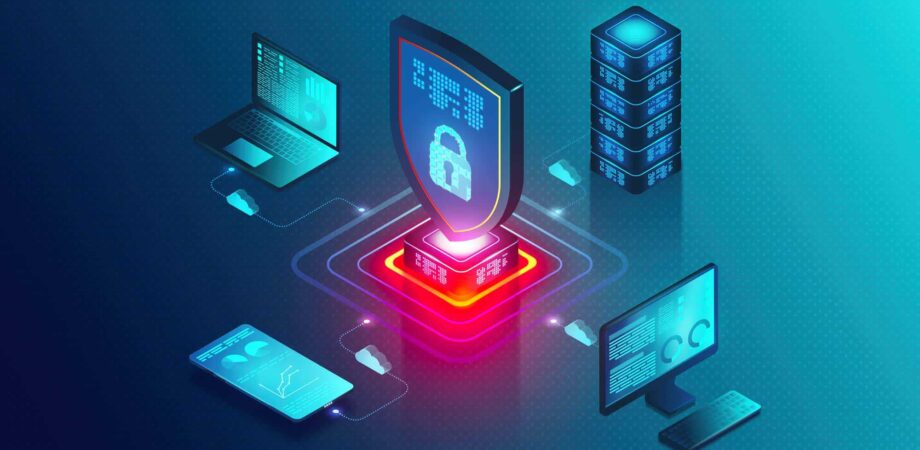The Machine Learning course is designed for individuals interested in gaining a comprehensive understanding of machine learning algorithms, techniques, and applications. This program covers the fundamental principles of machine learning, gradually progressing to advanced topics in deep learning, natural language processing, and reinforcement learning. Through hands-on exercises, practical projects, and real-world examples, students will develop the necessary skills to design, implement, and evaluate machine learning models effectively.
Instructor-led Course | On-Campus Course | Online
Monday, Tuesday, Friday : 3hrs (To Schedule)
4 weeks
600GHS

